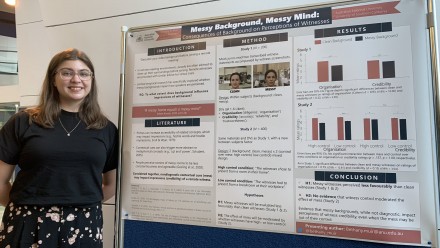Visual Attention – Flexibility and Perceptual Consequences
For most people, vision is the primary sensory modality, allowing us to navigate through the world and interact with it. It is our means of driving safely through traffic, avoiding obstacles, perceiving food we want to eat, reading, and recognising the face of a loved one. But at any given moment, there is far more information available to process in visual scenes than our brain is capable of processing to the level of awareness. This means that visual attention has a fundamental triaging role to play in shaping our perception of the world, by selecting certain relevant information for privileged processing, while filtering out other information.
In many real-world visual tasks, the size of the spatial area over which we apply our attentional resources is important. For example, when driving a car, reading the speedometer requires a narrow focus of spatial attention, whereas monitoring the road for any movement (e.g., child approaching the road, trajectories of other cars) requires a broad focus. Similarly, when watching a crowd of people, recognising an individual face requires a narrow focus of attention, while determining the direction in which the majority of the crowd is moving requires a broader one.
Laboratory research has confirmed that different attended-region sizes benefit different aspects of visual perception. For example, a narrow attended-region enhances perceptual acuity for fine spatial details, whereas a wide one facilitates visual search over multiple diverse objects. Crucially, the fact that different attended-region sizes are variably optimal for particular tasks implies that to successfully support dynamic and complex real-world vision, a critical task is not just to set a size for spatial attention, but to be able to flexibly alter (i.e., switch) this size in a rapid and efficient fashion. For example, attentional re-sizing underlies being able to quickly alter attended-region size from narrow focus on the speedo to broad focus on the whole scene to avoid collisions. Our research is largely focussed on examining the perceptual consequences of different attended-region sizes, identifying which individuals are more efficient at attentional re-sizing, and whether attentional re-sizing flexibility is a skill that can be improved or trained.










